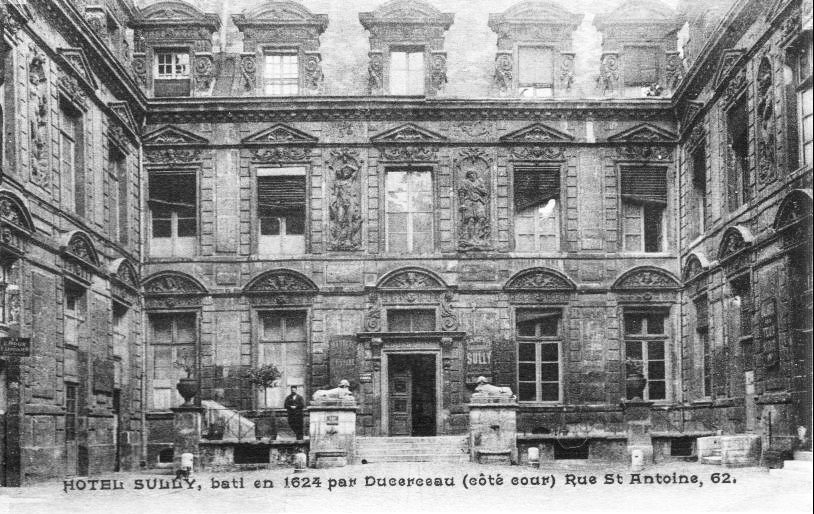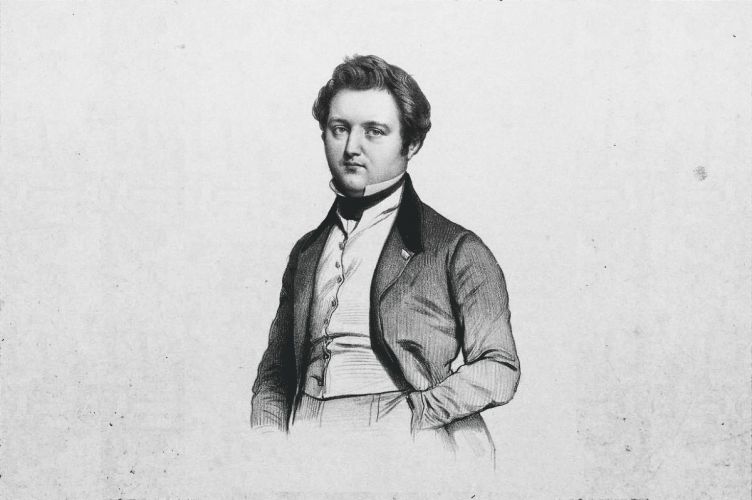The high point of Adolphe Blanqui's career
The beginning of 1853 was a high point for Adolphe Blanqui. As holder of the Chair of Economics at the Conservatoire des Arts et Métiers (where he took over from Jean-Baptiste Say), and as a Colonel of the Republican Guard, former Member of Parliament for Gironde and proud owner of the Ecole Supérieure de Commerce de Paris, he managed to halt the falling numbers at the school and prevent the unrest of the 1848 revolution from compromising his establishment.
After the french revolution
Following these periods of crisis, he was all set to enjoy calmer times when he was struck down by illness and died prematurely at the age of 55 on 28 January 1854 in Paris. This sudden death put an end to a career spent mainly at the school, where he worked for twenty-four years, first as a teacher then as the director from 1830.
He had a significant impact on the history of the school, which at the time was known as the “Ecole Blanqui”.
The portrait
As the son of a member of the Convention, Adolphe Blanqui had decided on a career in medicine until he met Jean-Baptiste Say, upon whose recommendation he abandoned his classical teaching work to join the Ecole Spéciale de Commerce de Paris in 1825 as a lecturer in commercial history and political economy. In 1830, he used his own funds to buy the school, which had been left in a difficult situation by its director Louis Pelleport.*
The removals

The school moved several times under Adolphe Blanqui, first for financial reasons, leaving the Hôtel de Sully for 10 Rue Neuves-Saint-Gilles, then 59 Boulevard Saint Antoine, before settling at 22 Rue Saint Pierre Popincourt (102 Rue Amelot). This is where he lived with his wife who received guests in her salon, and where he held music evenings.
Student numbers rose from the beginning of the 1832 school year, despite his brother Auguste’s potentially damaging revolutionary activism. According to Baron Dupin, Adolphe Blanqui “gradually earned the respect of many nations which sent their elites to Paris to be trained as accomplished negotiators by his wise man... Students learned how to appreciate the value of items to be traded and the places that produce commodities, as well as the arts which transform them for the needs of man”.
The sudden death
Adolphe Blanqui’s sudden death made for a difficult succession, especially for his daughter Jane, who inherited the school. The new director was a friend of Adolphe Blanqui’s, Guillaume Gervais, who already considered himself as his successor in 1852. When Gervais died in 1867, a new director, Aimé Girard, was appointed by Ms Blanqui to negotiate the sale of the school to the Paris Chamber of Commerce, providing a considerable dowry for her marriage. The Paris Chamber of Commerce ended up buying the school for 120,000 francs and rented the building in Rue Amelot in 1869.
This was the beginning of a new chapter in the life of the school, but that is another story.
